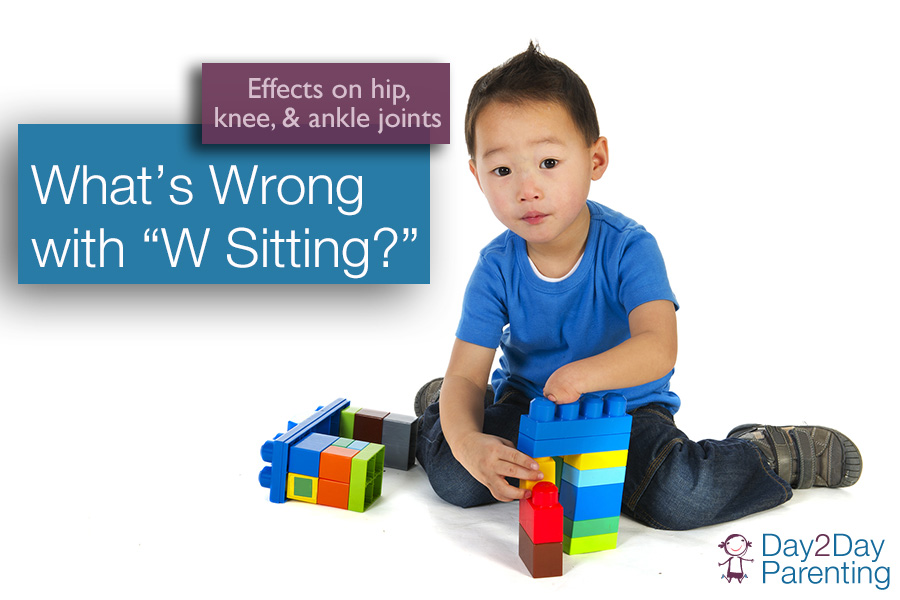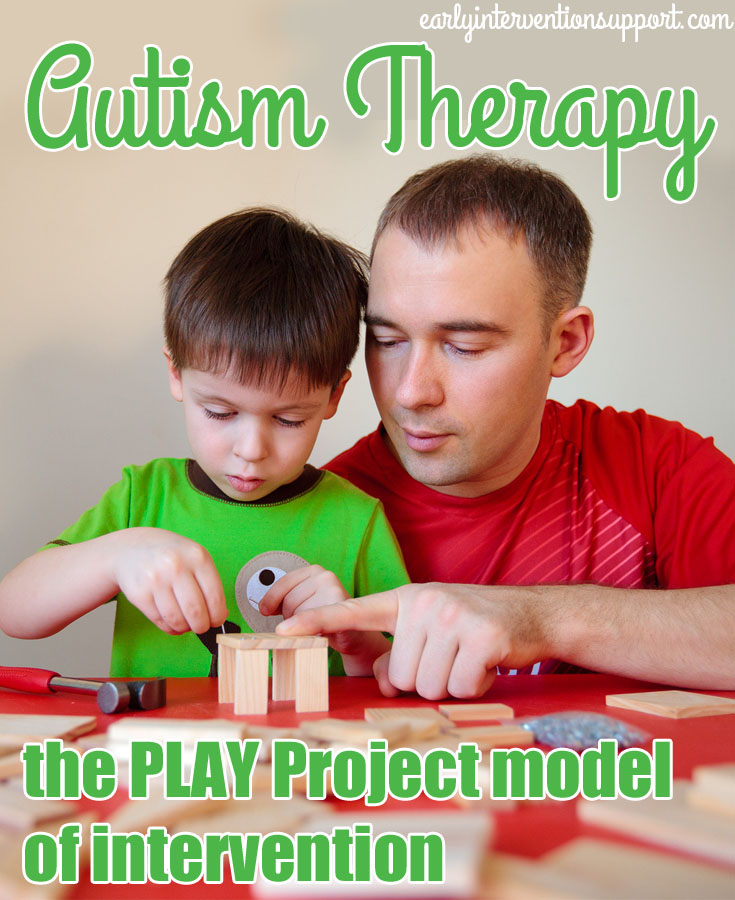The following account describes one family’s journey with their child, who was eventually diagnosed with dyslexia, received intervention, and is now successfully navigating college as a junior in Mechanical Engineering.
Is Your Child Tongue-Tied?
Tongue-tie, or what is commonly referred to in the medical community as ankyloglossia, is a partial or total fusion of the tongue to the floor of the mouth due to an abnormality of the lingual frenulum. It is present at birth.
What’s Wrong with W Sitting in Children?
Do you see your child or someone else’s child sitting with their bottom on the floor and their legs out beside them, forming a “W” shape? This is commonly called “W sitting.” You may think “wow, look how flexible they are.” Although flexibility in your muscles is a good thing, “W” sitting is not.
Should Babies Wear Shoes? Tips For New Walkers
Shoes or no shoes? This is a question many parents of young children who are learning to walk will eventually ask. Do shoes make their child more stable? Or, will shoes hinder their ability to progress? Varying opinions of friends and family may add to the confusion.
Could Your Child Benefit from a Cochlear Implant? | Sensorineural Hearing Loss Treatment
The type of hearing loss involved with getting a cochlear implant is called sensorineural, which means that there are abnormalities in the hair cells in the cochlea. With this type of loss, sound cannot reach the auditory nerve. With a cochlear implant, sound bypasses the damaged parts of the ear and reaches the auditory nerve.
The Picture Exchange Communication System | Alternative Communication Intervention
Communication comes in many forms. From a cry to express hunger to rhythmic kicks of their feet to show excitement, children begin communicating in the earliest years of their life. For most, communication continues to develop and becomes an everyday effortless activity; however, for individuals with disabilities, communication can be a constant obstacle.
Turning Oral Motor Activities into Play
Parents and their children are actually participating in oral motor activities and modeling oral motor skills during their daily routines without even being aware of it. Here are some fun ways to target oral motor skills during play and daily routines with your child that provide multiple opportunities to practice each skill and are fun for everyone!
Toddler a Picky Eater? The Development of Oral Motor Skills and Eating
During early childhood, there is an important progression of oral motor skills that a child gains in order to move on to each set of new foods. One of the most significant of these oral motor skills is tongue lateralization, or the movement of the tongue from side to side inside the mouth.
Joint Attention: How do we teach what is hardest to learn?
An airplane flies overhead. Your toddler looks up into the sky with large eyes, looks quickly to you, then looks back toward the sky. It takes no words, no description, but language is not driving this interaction. Your child just used a method of communication known as joint attention.
Autism Spectrum Therapies: the PLAY Project
As therapists working with our families in their natural environments, we have the ability to choose from many different approaches to autism spectrum therapy as well as identify appropriate structures for interventions that can be implemented. One such approach is called “The PLAY Project” (Play and Language for the Autistic Youngster).










